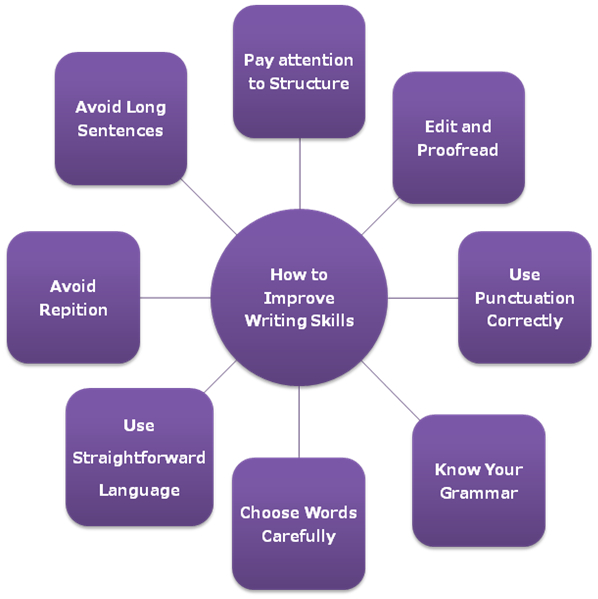Artificial Intelligence has changed how people create written content today. Many writers now use AI tools to help them write faster and better. However, AI writing often sounds robotic and lacks a personal touch. Readers can easily tell when something was written by a machine. Learning to convert AI content to human-written style is a valuable skill everyone should master.
After studying over 2 million words of both AI-generated content and human writing, clear patterns emerge. Human writers use personal stories, emotions, and unique word choices in their work. They make mistakes and use informal language that feels natural and real. AI writing, often produced through advanced tech tools and software algorithms, tends to be too perfect and follows predictable patterns. The goal is to use technology and writing software to blend the best of both worlds together.
Understanding the Main Differences Between AI and Human Writing
AI writing follows strict rules and patterns that make it sound mechanical. It uses the same sentence structures and formal language repeatedly throughout the text. AI rarely makes grammar mistakes or uses creative word combinations that humans love. The writing feels cold and distant without any personal connection to readers. Most AI content lacks the warmth and personality that makes writing enjoyable.
Human writers break rules and add their own style to every piece. They use contractions, start sentences with “and” or “but,” and include personal opinions. Improve AI-generated text by adding these human elements that make writing feel alive. Humans share personal experiences and use humor to connect with their audience. They also make small errors that actually make the writing feel more authentic.
Adding Personal Stories & Real Experiences
Personal stories are the heart of great human writing that readers remember. AI cannot share real experiences because it has never lived or felt emotions. Adding your own stories makes any piece of writing much more interesting. Readers connect with personal experiences and feel like they know the writer better. These stories should relate directly to the main topic you are discussing.
Start collecting your own experiences that relate to different writing topics you cover. Write down funny moments, challenges you faced, and lessons you learned along the way. Improve AI-generated text by replacing boring examples with your real-life stories instead. Even small personal details like your morning coffee routine can make writing feel human. Remember that readers love authentic stories more than perfect, generic examples.
Using Emotions & Feelings in Your Writing
Emotions make writing powerful and help readers feel connected to your words. AI writing often lacks emotional depth and feels flat or boring to read. Human writers express excitement, frustration, joy, and other feelings throughout their work naturally. They use words that create emotional responses in their readers’ minds and hearts. Adding emotions transforms cold facts into warm, engaging content that people want to read.

Practice writing about topics that make you feel strongly about something important to you. Use words like “amazing,” “frustrating,” “exciting,” or “heartbreaking” to show your true feelings. Convert AI content to human-written style by adding emotional reactions to facts and information. Tell readers how certain information made you feel when you first learned it. Share your opinions and let your personality shine through every single paragraph you write.
Read your writing out loud to check if it sounds like normal conversation. If it sounds too stiff or formal, rewrite it using simpler words. Use contractions like “don’t,” “can’t,” and “won’t” to sound more casual and friendly. Add transition words like “plus,” “also,” and “by the way” to connect your thoughts. Remember that the best writing sounds like talking to a good friend over coffee.
Using Simple Words Instead of Complex
Big, complicated words make writing harder to read and understand for most people. AI often chooses fancy words when simple ones work much better for communication. Human writers know that clear communication is more important than sounding smart or impressive. Convert AI content to human-written style by replacing difficult words with everyday language that everyone knows. Your goal should be helping readers understand your message, not impressing them with vocabulary.
Make a list of common complex words and their simple replacements for future reference. Use “help” instead of “facilitate” and “use” instead of “utilize” in your writing. Improve AI-generated text by checking every paragraph for words that sound too formal. Ask yourself if a fifth-grader could understand every word you have chosen. When in doubt, always choose the simpler word that gets your point across clearly.

Adding Your Voice & Personality to Content
Your unique voice is what makes your writing different from everyone else’s work. AI cannot replicate your personal experiences, sense of humor, or way of seeing the world. Develop your writing voice by paying attention to how you naturally speak and think. Notice the words you use often and the topics that excite you most. Your personality should shine through every piece of content you create for your audience.
Practice writing about the same topic in different moods and see how it changes. Write when you are happy, frustrated, or excited about something new you learned. Convert AI content to human-written style by injecting your own opinions and perspectives throughout the text. Share what you think about different ideas and explain why you feel that way. Remember that readers follow writers whose personalities they enjoy and trust over time.
Testing Your Writing with Real People
The best way to know if your writing sounds human is to ask real people. Share your content with friends, family members, or online communities for honest feedback about it. Ask them if the writing sounds natural and if they can tell it was written by AI. Listen carefully to their suggestions and make changes based on their helpful comments. Real feedback is much more valuable than any automated checking tool available today.
Turning AI content into human-like writing is a skill that improves with practice and attention. The key is adding personal stories, emotions, and your unique voice to every piece. Simple words and conversational tone make content more accessible to all readers who visit your website. Convert AI content to human-written style by focusing on connection rather than perfection in your approach. To know more about AI thrilling information Follow DP world new.





